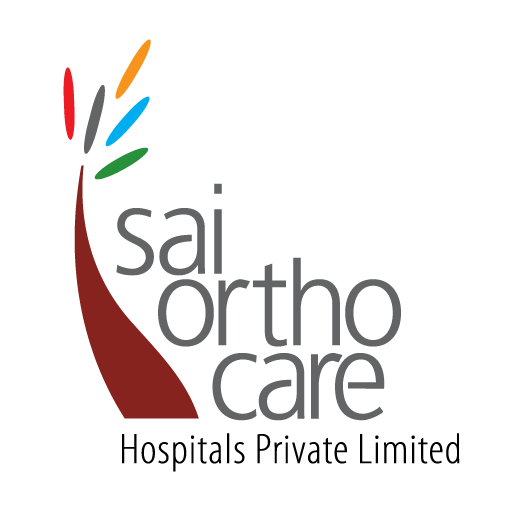Gout is a type of arthritis in which crystal of sodium urate produced by the body can form inside the joint. Sometimes referred to as “DISEASE OF KINGS”. Gout causes attacks of painful inflammation in one or more joints, common being “the base of big toe”. Nowadays the presentation is quite uncommon. It being presented in “Heel, Knees, Wrist & Fingers”. We can define Gout as follows: “A disorder resulting from Tissue Deposition of Monosodium Urate Crystals in Joints, Bursae, bone & certain other soft tissues such as Ligaments, Tendons & occasionally Skin”
CAUSES AND RISK FACTORS OF GOUT:
Gout occurs when excess uric acid builds up in the blood & needle like urate crystals deposit in joints. Uric acid is a waste product made in body everyday & excreted mainly via Kidneys. Gout may happen because either Uric acid production increases or more often, the kidneys cannot remove uric acid from the body well enough.
Risk Factors:
• Shell Fish & red meat
• Alcohol in excess
• Sugary drinks & food rich in fructose
• Vitamin C deficiency
• Some medications
• Low dose Aspirin
• Certain Diuretics
• Immunosuppressant
• Male gender
• Obesity
• High BP
• Kidney damage
• Diabetes mellitus
• Lipid Disorders
• Vascular disease
• Enzyme defects such as Hypoxanthine guanine Phosphoribosyltranferase (HGPRT) deficiency & G-6PD deficiency
SIGNS AND SYMPTOMS:
The natural course of classic gout passes 3 stages:
a) Asymptomatic Hyperuricemia:
– Serum Urate concentration is above the solubility level, but no symptoms or signs of Gout or Kidney stones occurs.
b) Acute / Intermittent Gout:
– Abrupt onset of severe joint inflammation (warmth, swelling, erythema & pain) often at night. Pain increases over 8-12 hours period
– Lower extremity joints affected first
– Low grade fever, chills, and malaise may occur
– Leukocytosis & elevation of ESR may occur
– Usually monoarticular involvement
– Early morning attacks of acute pain over joints
c) Advanced Gout:
– Joints persistently uncomfortable, stiff, swollen
– intensity of pain less than acute Gout
– Polyarticular involvement may develop
– Upper extremities may involve
– Palpable & visual nodules over areas of pressure/trauma
DIAGNOSIS:
– Typical Gout symptoms
– Raised blood level of uric acid
– Fluid aspiration from affected joint & microscopic examination for urate crystals
– X-ray may show joint damage in Gout of long duration
– Ultrasound &Dual energy CT
TREATMENT:
Treatment focuses on relieving pain during acute attacks, preventing future Gout attacks & reducing risk of developing Tophi & permanent joint damage.
a) General Measures:
– Ice the affected area to reduce swelling
– Elevate the affected area above level of heart
– Rest the affected area
b) Acute attack of pain management:
– Non- Steroidal Anti-inflammatory Drugs
Each & every patient is different & unique. So patient requires complete evaluation before prescription of medicines.
PREVENTING FUTURE GOUT ATTACKS:
7 lifestyle suggestions to prevent Gout attacks:
1) Try to lose some Weight
2) Avoid foods rich in Purines. Eg. Foods rich in proteins, red meat etc
3) Reduce amount of alcohol you are drinking
4) Avoid certain medicines which may cause Gout
5) Have your BP checked atleast once a year
6) Avoid lack of fluid in the body (Dehydration)
7) Reduce or cut the amount of sugar sweetened soft drinks.
Tags: GOUT
